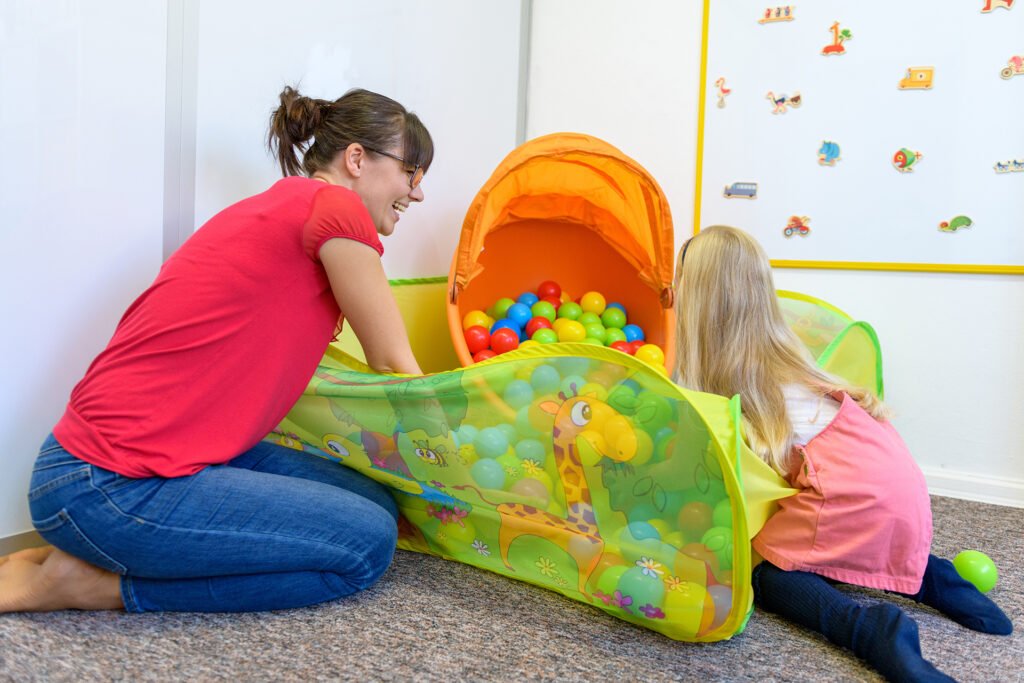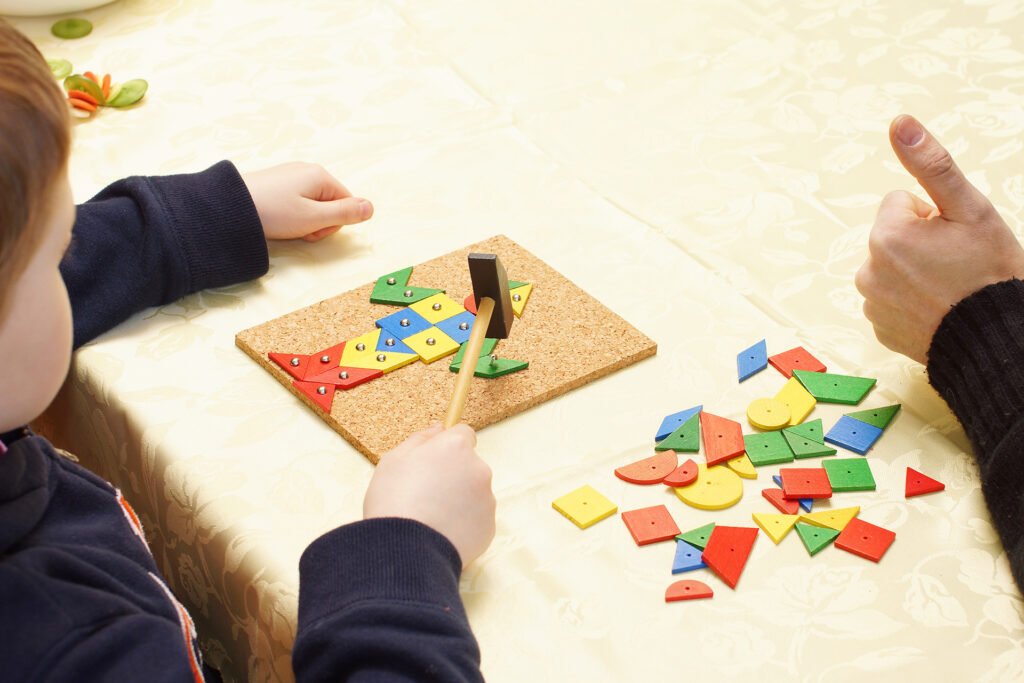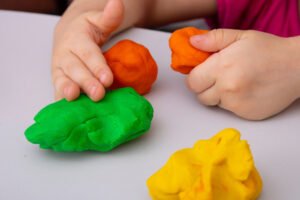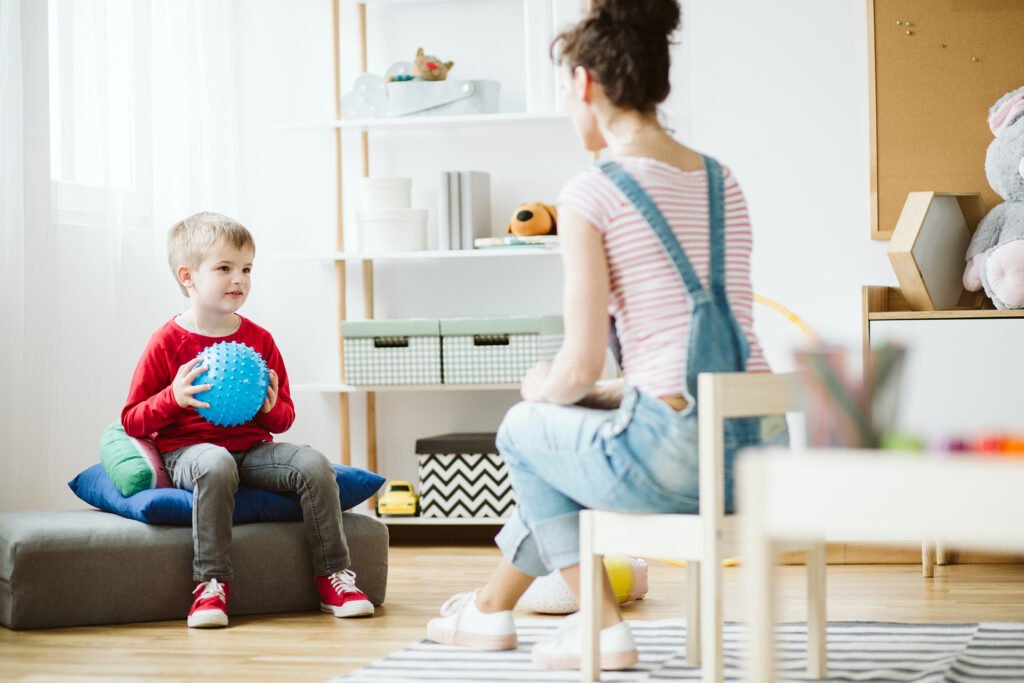Over the years I have observed a high incidence of hypermobility in the children I have assessed.
Hypermobility refers to an increased range of motion in the joints, which can be observed in various parts of the body. For some children, hypermobility might be part of their genetic makeup, presenting itself in joints that extend beyond the typical range. This can influence motor skills, coordination, and even impact sensory processing. It's also important to recognize that hypermobility can coexist with neurodivergent conditions such as ADHD, autism, or developmental coordination disorder.




